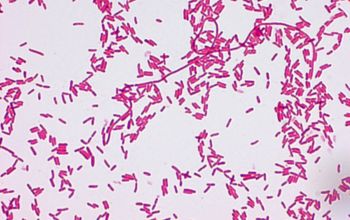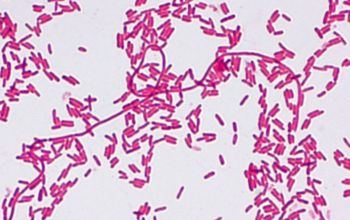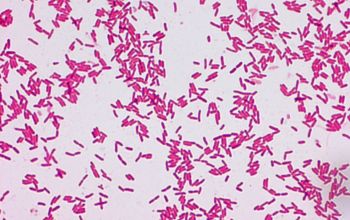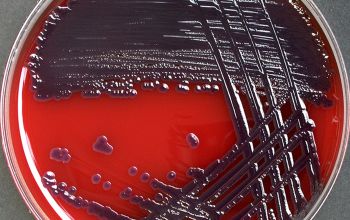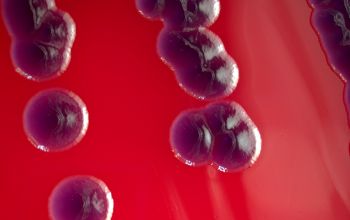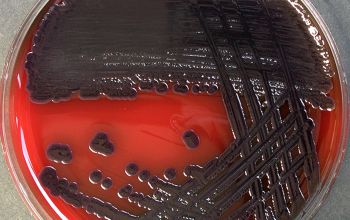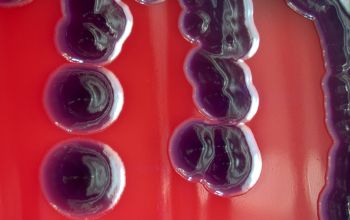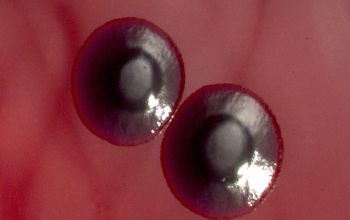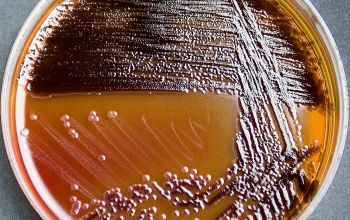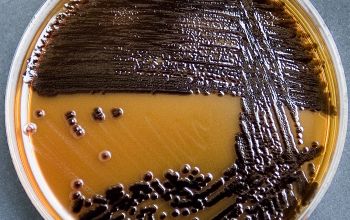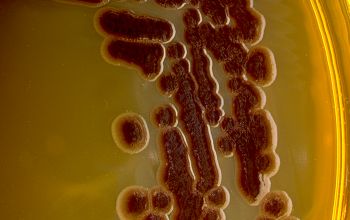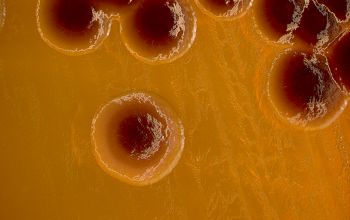Chromobacterium violaceum
-
General information
Taxonomy
Family: Neisseriaceae
Natural habitats
Inhabits soil and water in tropical and subtropical climates.
Clinical significance
Causes rarely infections in humans
Localized infections usually arise from contaminated wounds, and septicemia with multiple organ abscesses may follow.
-
Gram stain
Gram negative rods, with rounded ends, sometimes slighly curved
Often with barred or bipolar staining and lipid inclusions,
0.6-0.9 x 1.5-3.5 µm
they appear singly, occasionally in pairs, elongated forms and short chains.
-
Culture characteristics
-
Facultative anaerobic
BA: colonies measure 1-2 mm after 24h growth, are round and smooth and may be β-hemolytic.
Most strains produce a violet pigment called violacein.
Violacein is a natural antibiotic with maybe useful for the treatment of colon or other cancers
Smell: almond-like
McConkey: growth
BBAØ: growth
-
-
Characteristics
- Gram-negative
- bacilli
- medium-bacilli
- growth both-aerobic-and-anaerobic
- catalase-positive
- oxidase-variable
- urease-negative
- motility
- vancomycin-resistant
- colistine-susceptible
- smell-almond-like
- they are motile by means of both a single polar flagellum and usually 1-4 subpolar or lateral flagella.
- indole-variable
-
References
James Versalovic et al.(2011) Manual of Clinical Microbiology 10th Edition
Karen C. Carrol et al (2019) Manual of Clinical Microbiology, 12th Edition

